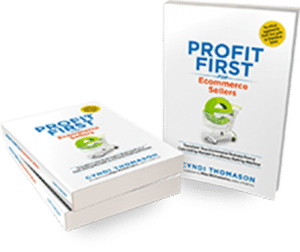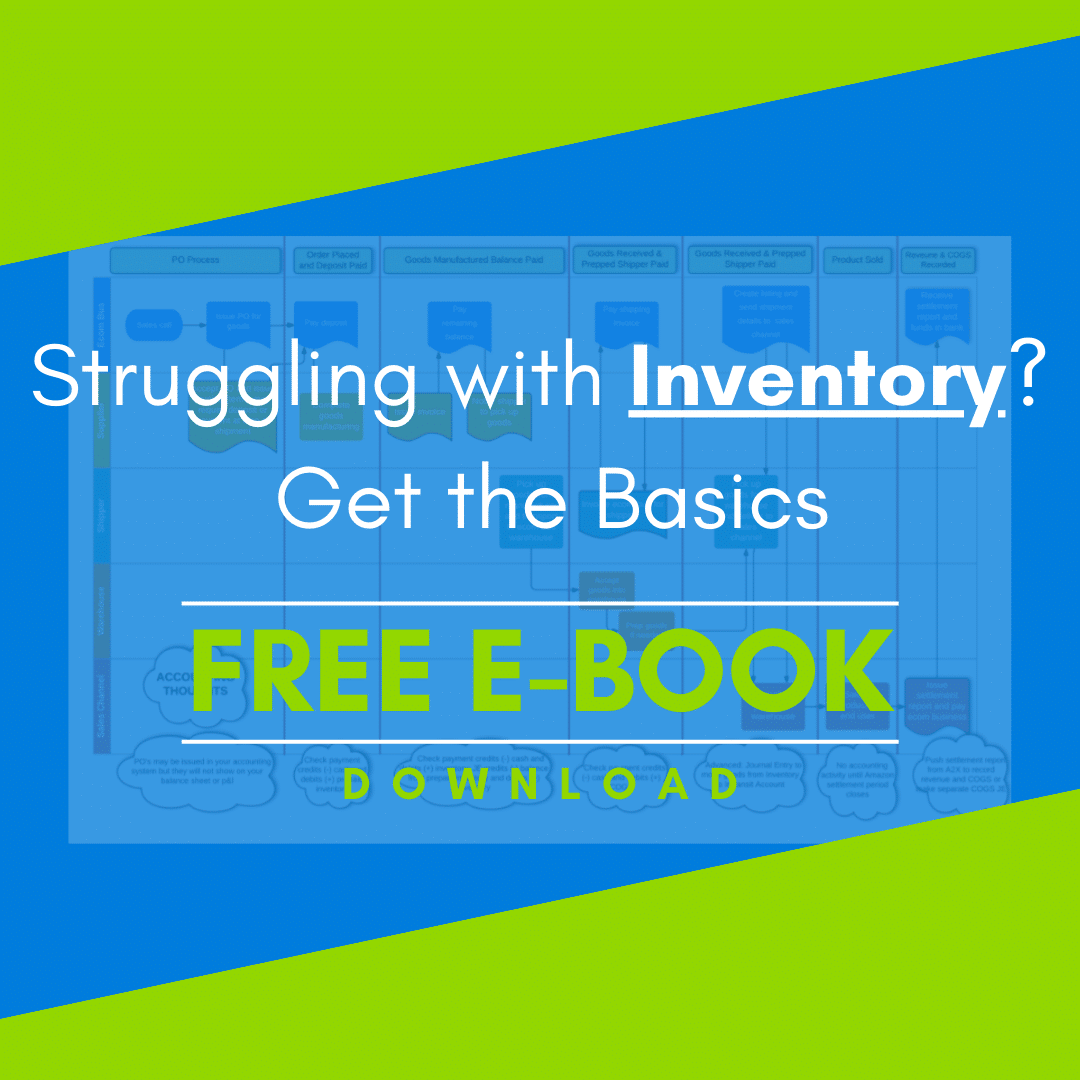
If you’ve been here a while, and probably even if you haven’t, you know we’re big advocates of Profit First. It’s a system I use in my own business and modified it for my clients so I could write the book on Profit First for Ecommerce Sellers.
However, as much as I believe in its effectiveness, there are instances where jumping into Profit First might not be the ideal first step towards success. Sometimes, before implementing complex financial strategies, it’s essential to address foundational issues. Let’s talk about when this might be the case.
First Things First: Accurate Financial Reporting
Before you can effectively manage your finances using Profit First or any other method, you need to ensure that you have accurate financial data at your disposal. Specifically, you need a clear understanding of your gross profit numbers.

This entails generating a profit and loss report that accounts for income, cost of goods sold, and Amazon fees. Your gross profit margin, which is calculated by dividing gross profit by total income and multiplying by 100, should ideally fall within the 30% range.
For instance, if your sales amount to $100,000, with $35,000 in cost of goods sold and $30,000 in Amazon fees, your gross profit would be $35,000. This translates to a gross margin of 35%.
Why This Matters
Maintaining a healthy gross margin is crucial for covering your business’s operational expenses. While some might argue that ecommerce businesses can operate on lower margins due to reduced operating costs, our experience with hundreds of clients shows that a gross margin of around 30% is necessary to sustain payroll, taxes, and facilitate growth.
Analyzing Your Product Offerings
If your gross margin falls below the desired threshold, it’s time to conduct a thorough analysis of your product offerings. Start by examining the top 20% of products in terms of sales volume over the last 60-90 days. Are these products generating sufficient profit after factoring in product costs, preparation center expenses, and Amazon fees? If not, you’ll need to consider adjusting prices or reducing costs.
Similarly, evaluate the top 20% of products by quantity sold. Selling large quantities of items that yield low profits can tie up your cash flow unnecessarily. Redirect your focus and resources towards products that offer better returns. It’s essential to be pragmatic here – investing time and money into products that consistently yield losses is counterproductive.
Moving Forward
Armed with insights from your analyses, devise a plan to optimize your product mix. This might involve adjusting prices, streamlining costs, or revising your product offerings altogether. By concentrating your efforts on products that yield favorable returns, you’ll pave the way for increased profitability.
Only once your business is generating sustainable profits should you consider implementing Profit First. This approach involves allocating funds for profit, owner’s pay, taxes, and operating expenses while keeping costs in check.
Ready to Take Action?
If you’re eager to learn more about optimizing your finances and implementing Profit First, consider picking up a copy of Profit First for Ecommerce Sellers. If you need some personalize help, feel free to reach out to the bookskeep team today!

If your ecommerce business isn’t where you’d like it to be in terms of profitability, check out my book, Profit First for Ecommerce Sellers. It answers important questions about how to implement Profit First in an ecommerce business. Take control of your money and your business, and put Profit First to work for you!
You can also sign up for the Profit First for Ecommerce Sellers Online Course. As a Mastery Level, Certified Profit First Professional, I will teach you why Profit First works so well for ecommerce businesses and the particular challenges for businesses that have physical products requiring inventory management. You will learn how your behavior drives your money management habits for your business and how you can set up your business bank accounts to work with your habits.
Check out all our ecommerce accounting and profit advising services here!



Leave a Comment